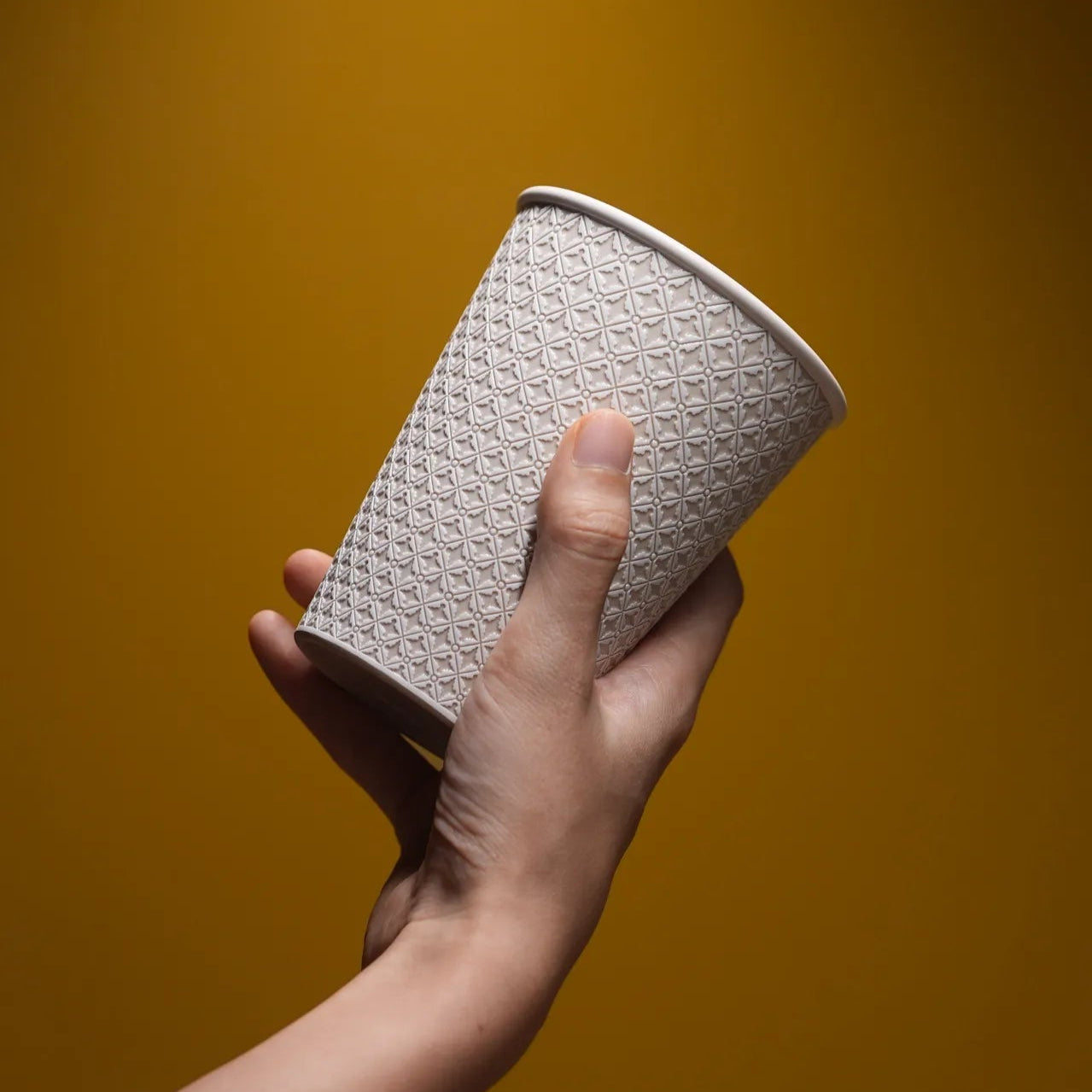









Edo Kiriko Handcrafted Soaring Crane Whisky Glass
- $159.00
$199.00- $159.00
- Unit price
- per
Couldn't load pickup availability
Whisky Glass Crafting Process




Elegant and radiant, the Flying Crane whiskey glass shines brilliantly, celebrating the eternal symbol of longevity and peace through the exquisite artistry of Edo Kiriko. A majestic crane spreads its wings in flight, meticulously carved by master artisans against a backdrop of deep twilight blue. Intricate surrounding patterns glimmer with brilliance, echoing motifs of hemp leaves and starlight—symbols of growth and prosperity.
Every line of the crane’s silhouette is crafted with reverence, blending crystalline clarity with profound depth to create a vessel that embodies both power and serenity. The faceted base enhances the play of light and shadow, casting ever-changing reflections that dance gracefully with every movement.
Whether cherished as a collector’s treasure or presented as a meaningful gift, this piece perfectly balances symbolism, masterful craftsmanship, and modern elegance.
• Craftsmanship: Edo Kiriko
Why Ours Stands Out
Clear, side-by-side comparison: traditional pain points vs. our handcrafted improvements.
⚠️ Pain Points in Traditional Whiskey Glasses
-
🥃Wall thicknessEither bulky or too thin—clunky feel or fragile.
-
🌬️Wide, straight rimsAroma escapes quickly; flatter tasting experience.
-
🔍Ordinary glassLower clarity; prone to scratches and clouding.
-
🧊Poor temperature controlIce melts fast and dilutes flavor.
-
🧱Generic lookMass-produced style; low artistry and gift appeal.
✨ Our ClayWhispers Improvements
-
✅Optimized wall profileSolid in hand yet refined; built for durability.
-
👃Gentle tapered rimConcentrates aroma; smooth lip enhances sipping.
-
💎High-clarity crystal glassPolished finish that keeps its brilliance.
-
⚖️Weighted base designModerates dilution and adds stable grip.
-
🎁Handcrafted facets & formDistinct aesthetics with gift-ready appeal.
Whisky Glass Crafting Process
🚚 Shipping Information
Shipping Options
Standard Shipping - FREE on orders over $50 USD
Estimated Delivery Times
| Shipping Method | Estimated Time |
|---|---|
| Standard Shipping | 7-15 business days |
📦 Returns & Exchanges Policy
1. Manufacturing Defects
- Replacement available within 3 days of delivery (no refunds for replacements)
- For refunds, please email us within 24 hours with:
- Order number
- Product details and photos
2. Damage During Transit
- Contact us within 24 hours
- Keep original packaging and provide photo evidence
3. Wrong Item Received
- Email us immediately with:
- Order number
- Photos comparing expected vs received items
- We'll resolve the issue within 24 hours

Edo Kiriko: The Making
Design
Artisans begin with simple outlines drawn on the glass surface, mapping the overall balance, symmetry, and light play of the final piece. Traditional Japanese motifs—hemp leaf, shippo, chrysanthemums, and more—are arranged to guide where lines will be cut and facets revealed. In Edo Kiriko, pattern beauty is achieved by precision, restraint, and the harmony of light and shadow.

Rough Cutting
The base patterns are first incised at fixed angles to define depth and rhythm. A rotating wheel charged with abrasive slurry removes glass in controlled passes to establish the major grooves and facets. This stage determines clarity, alignment, and the crisp intersections of lines—results that rely on years of hand–eye training and an artisan’s steady control.

Refinement
Next, each cut is adjusted and smoothed until the surface turns clear and luminous. Natural stone wheels and fine abrasives reach into details that metal tools cannot. This is a decisive phase: minute corrections remove burrs and powder residue so that the final geometry shines cleanly and refracts light as intended.

Polishing
The final stage uses a sequence of wooden, cork, and felt wheels with progressively finer compounds. Surfaces transition from satin to mirror clarity, enhancing optical depth and sparkle without rounding the edges. Fabrics and powders are switched as needed to protect each facet, ensuring a radiant finish that brings the motif to life.
Related Products
- $159.00
$199.00- $159.00
- Unit price
- per
- $159.00
$199.00- $159.00
- Unit price
- per
- $159.00
$199.00- $159.00
- Unit price
- per
- $159.00
$199.00- $159.00
- Unit price
- per
- $159.00
$199.00- $159.00
- Unit price
- per
- $159.00
$199.00- $159.00
- Unit price
- per
Recently Viewed Products
- $159.00
$199.00- $159.00
- Unit price
- per
- $159.00
$199.00- $159.00
- Unit price
- per
- $159.00
$199.00- $159.00
- Unit price
- per
- $159.00
$199.00- $159.00
- Unit price
- per
- $159.00
$199.00- $159.00
- Unit price
- per
- $159.00
$199.00- $159.00
- Unit price
- per
- $159.00
$199.00- $159.00
- Unit price
- per
- $159.00
$199.00- $159.00
- Unit price
- per
- $159.00
$199.00- $159.00
- Unit price
- per
- $159.00
$199.00- $159.00
- Unit price
- per
- Choosing a selection results in a full page refresh.



